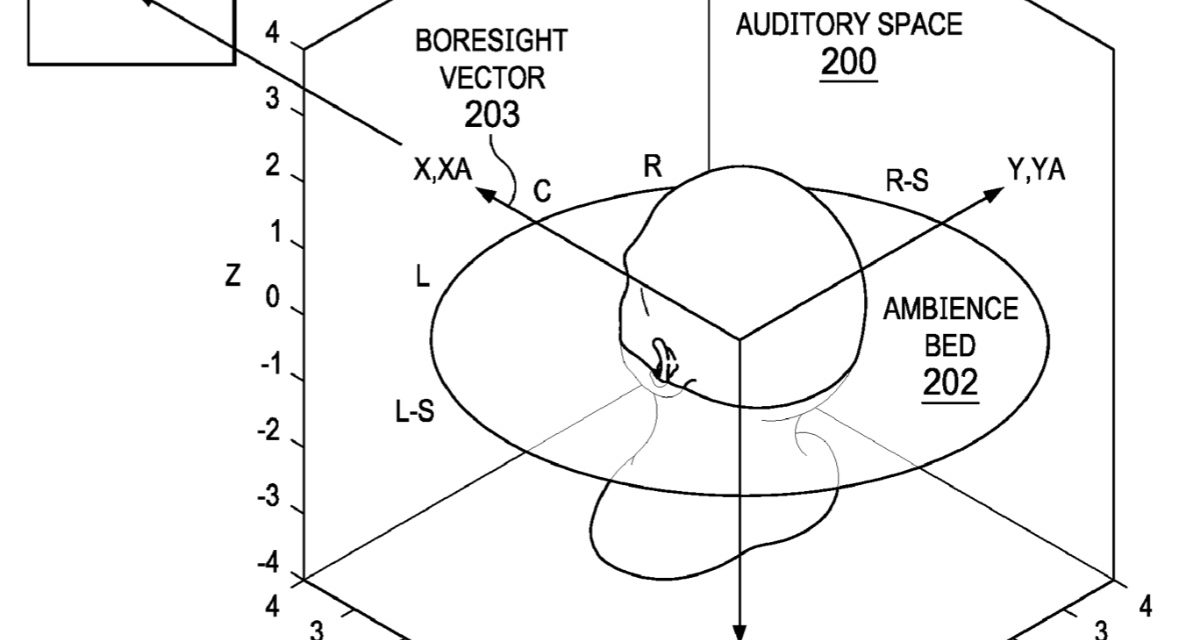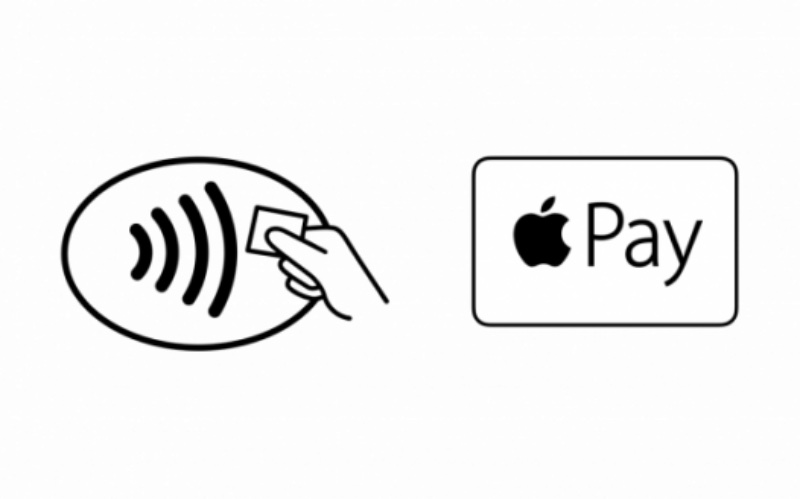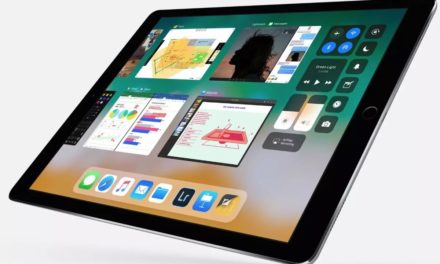Apple has applied for a patent (number 20210400414) for “head tracking correlated motion detection for spatial audio applications.” It involves taking advantage of spatial audio in augmented reality apps on the company’s various devices.
About the patent filing
In the patent filing, Apple notes that spatial audio creates a three-dimensional (3D) virtual auditory space that allows a user wearing a headset to pinpoint where a sound source is located in the 3D virtual auditory space, while watching a movie, playing a video game or interacting with augmented reality (AR) content displayed on a source device (e.g., a computer screen).
Some existing spatial audio platforms include a head pose tracker that uses a video camera to track the head pose of the user. Other existing spatial audio platforms use a single inertial measurement unit (IMU) in the headset for head pose tracking. If the source device is a mobile device (e.g., smartphone, tablet computer), then the source device and the headset are free to move relative to each other, which may adversely impact the user’s perception of the 3D spatial audio.
For example, in platforms that rely on a single IMU the audio would swivel off-center in cases such as movie-watching on a bus or plane that is turning, since it appears to the single headset IMU tracking solution that the user is turning their head. Apple wants to overcome such limitations when using spatial audio/AR apps on its various devices.
Summary of the patent filing
Here’s Apple’s abstract of the patent filing: “Embodiments are disclosed for head tracking state detection based on correlated motion of a source device and a headset communicatively coupled to the source device. In an embodiment, a method comprises: obtaining, using one or more processors of a source device, source device motion data from a source device and headset motion data from a headset; determining, using the one or more processors, correlation measures using the source device motion data and the headset motion data; updating, using the one or more processors, a motion tracking state based on the determined correlation measures; and initiating head pose tracking in accordance with the updated motion tracking state.”
Article provided with permission from AppleWorld.Today




